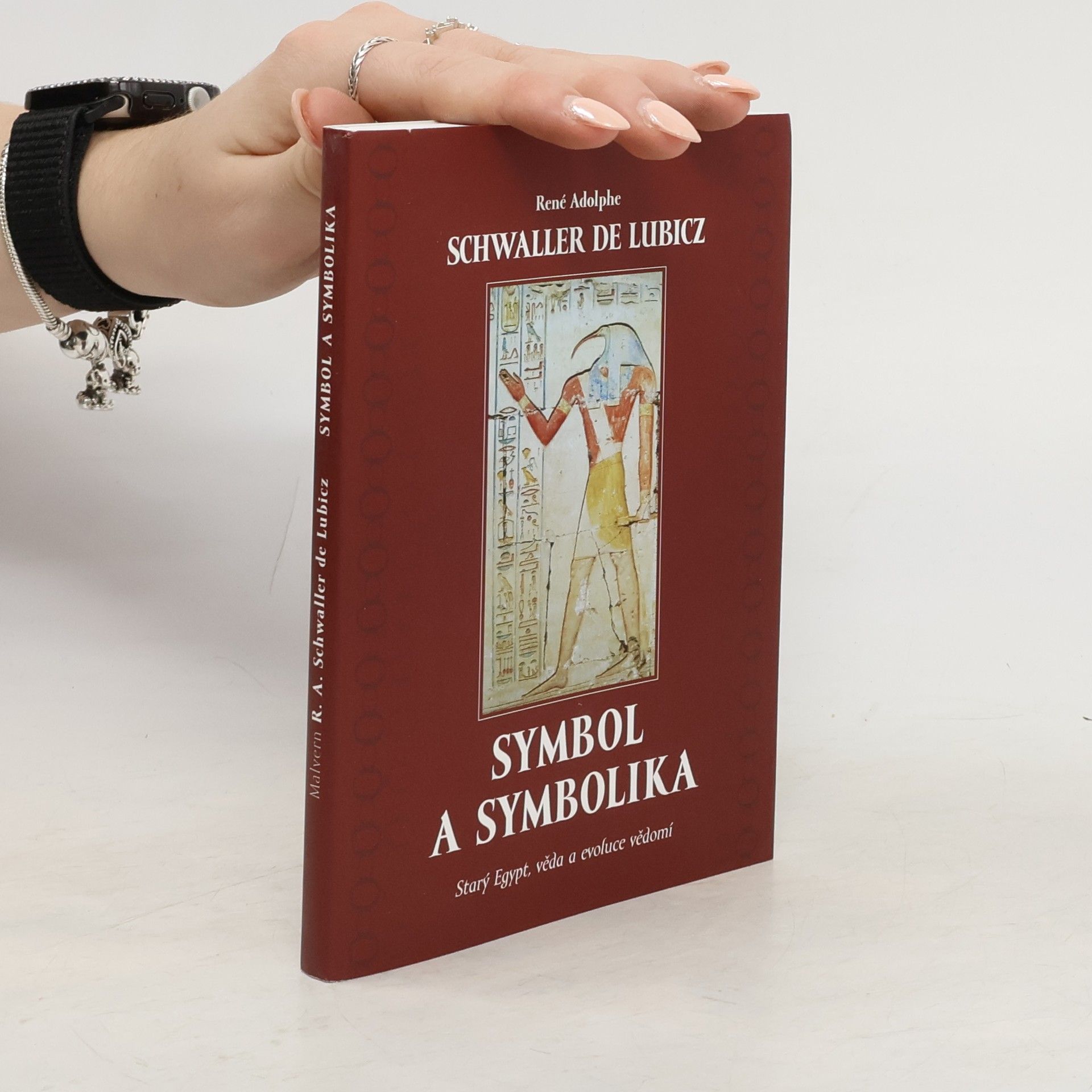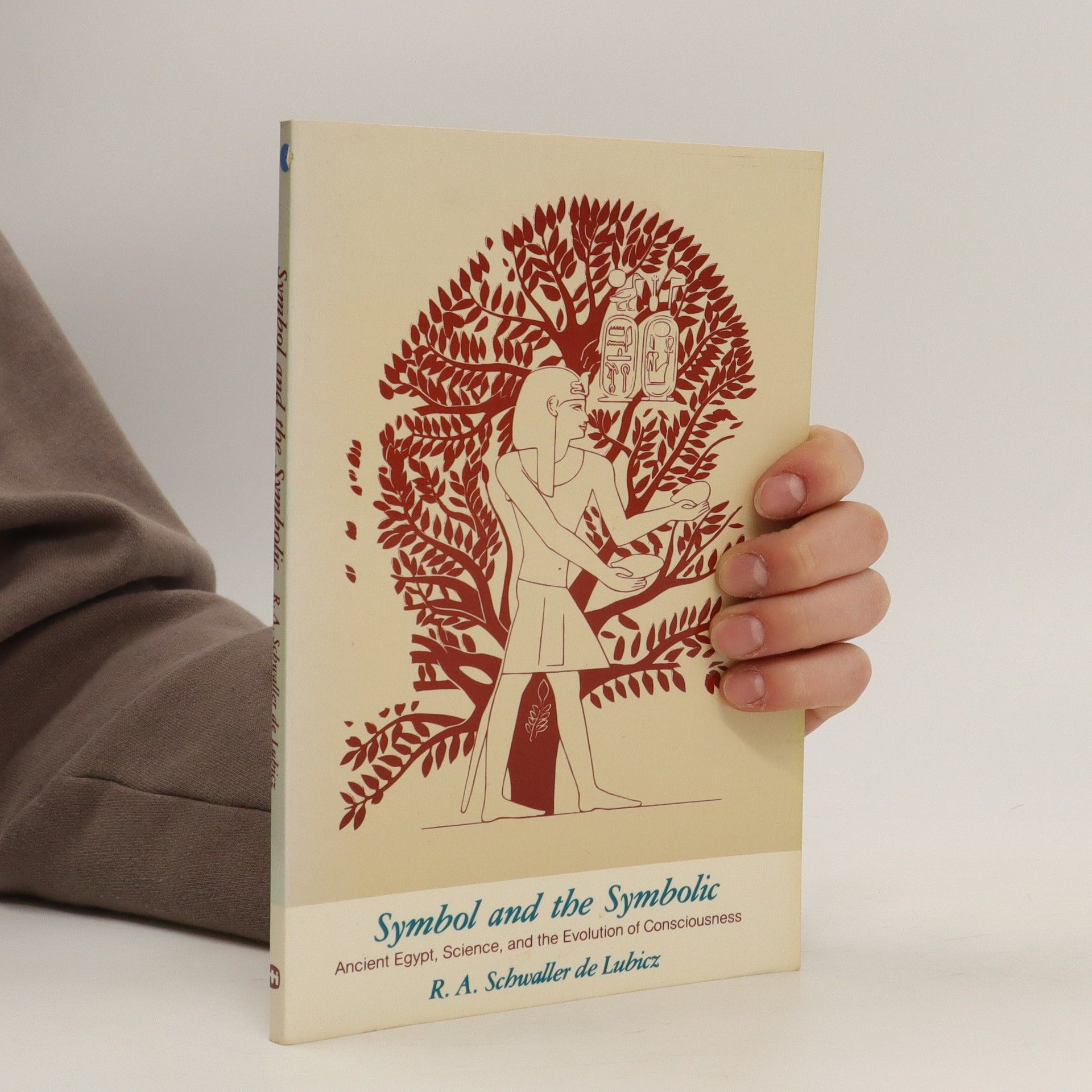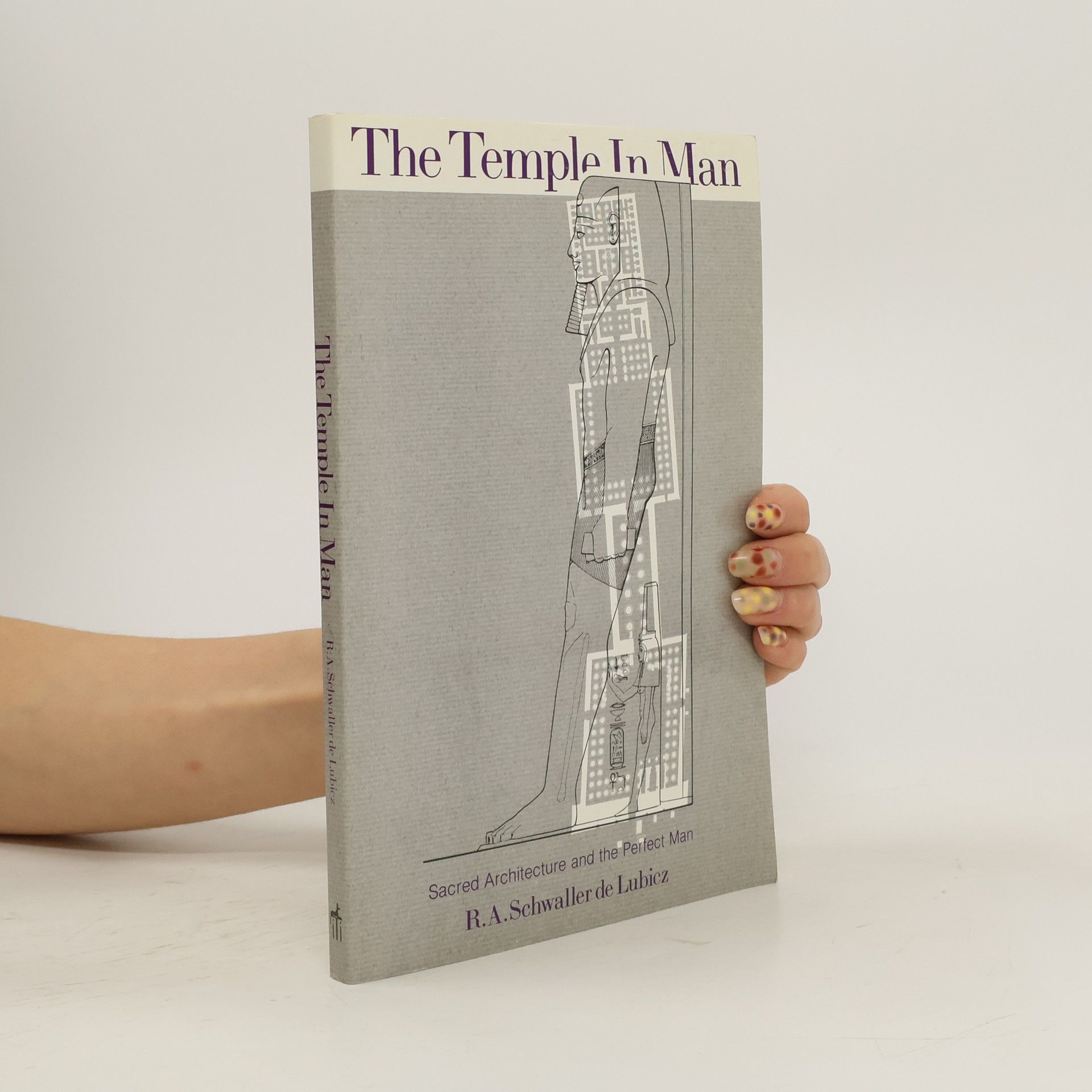This book contains the first published results of Schwaller's 12 years of research at the temple of Luxor and its implications for interpreting the symbolic and mathematical processes of the Egyptians through their sacred architecture.
René Adolphe Schwaller de Lubicz Books
René Schwaller de Lubicz was a French writer and philosopher whose work delves into the spiritual and cosmological insights of ancient Egypt. He proposed that Egyptian civilization is far older than conventionally believed, positing that its entire culture stemmed from a profound understanding of "the laws of creation." Schwaller de Lubicz argued that every facet of Egyptian civilization, from monumental structures to everyday objects, was motivated by a central metaphysical vision of cosmic harmony and humanity's place in the evolving consciousness. Though challenging for many readers, his writings strive to express non-linear insights within linear language, reflecting his broader philosophical and metaphysical inquiries.





Symbolism is the intuitive means of overcoming the limitations of reason. Here Schwaller explains how true progress in human thought can be made only if we call upon the "symbolizing" faculty of intelligence, developed and refined in the temple culture of ancient Egypt and reflected in its hieroglyphs.
This is an excursion to the monuments, ruins, statues and bas-reliefs of the Ancient Egyptian temples of Karnak, and a photographic record of this important historic site. Illuminated by the insights of Egyptian scholar R.A. Schwaller de Lubicz, the temples of Karnac reveal the remains of a world devoted to an unimpeachable faith in the afterlife, a faith whose conviction seems to have exalted its builders and artists.
Templo En El Hombre, El
- 160 pages
- 6 hours of reading
Este libro tiene como objeto el estudio del singular templo de Luxor, uno de los monumentos más hermosos de la antigua Tebas debido a su fascinante arquitectura, y a él Schwaller de Lubicz dedicó su obra más conocida. Efectivamente, El templo en el hombre, libro que aquí presentamos, es la obra cumbre de este hermetista y estudioso alsaciano. Verdadero Fulcanelli de la egiptología, Schwaller de Lubicz cuenta con una trayectoria tan extraña como fascinante dentro del mundo de la investigación de la cultura faraónica. Este libro es el resultado de casi quince años de investigación a pie de campo en el templo de Luxor. Publicado en el año 1949 de forma independiente, en poco tiempo se convirtió en un libro de culto, obligando su difusión a gran escala. El libro de Schwaller de Lubicz llama la atención sobre la lectura simbólica que debemos hacer en los monumentos egipcios. Lejos de ser simples edificios de piedra con una finalidad meramente práctica, el investigador alsaciano señala que los templos son entes vivos, y que como tales cuentan con una serie de estructuras "orgánicas". A pesar de su trasfondo hermético y simbólico, no es extraño encontrar las obras de Schwaller de Lubicz citadas en publicaciones de corte más académico, lo que lo ha convertido en un referente obligado en temáticas de simbología e interpretación iconográfica. Como es lógico, al poco de aparecer El templo en el hombre, las críticas llovieron sobre el francés y sus arriesgados razonamientos. Sin embargo, hubo algunos egiptólogos de los denominados ortodoxos que abrazaron con entusiasmo sus ideas. "El objetivo de este libro es presentar la prueba irrefutable de que existía una disposición simbólica en la arquitectura del templo de Luxor. "
Symbol je materiální reprezentací nemateriálních kvalit a funkcí. Je to objektivizace obsahů, které máme ve své mysli, subjektivně a podprahově, a jež v nás probouzí způsob vnímání světa, který by nám mohl pomoci, abychom si byli vědomi vědění obsaženého v naší duši. Práce Schwallera de Lubicz nám nabízí nasměrování nikoli k opuštění schopnosti racionálního uvažování v jógových extázích, nýbrž k integraci této schopnosti s vyšší, vrozenou inteligencí. Toto nasměrování spočívá jak v „technikách myšlení“, tak i v poznání zákonů „křížení“ a „inverze“ a v aplikaci principů „přítomného okamžiku“ a „simultánnosti protikladů“. Experimenty dokazují, že v našem mozku jsou obsaženy funkční známky těch nejodlehlejších tělesných myslí. Schwaller de Lubicz říká, že bychom o nich neměli uvažovat jen jako o zvířecích popudech a hrubých aspektech našeho vědomí, které s ním nejsou v souladu, ale rovněž jako o nezměrné instinktivní inteligenci zákonů přírody, kterou v nás zanechala naše zvířecí a plazí zkušenost. Místo potlačování a ignorování celku naší evoluce bychom možná měli spíše hledat cesty, jak vtělit nezměrné symbolické obsahy těchto prastarých částí mozku do naší inteligence v současnosti.